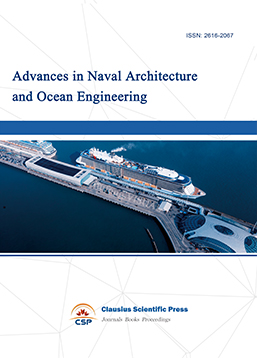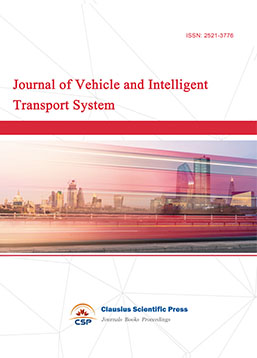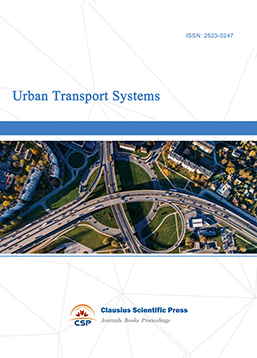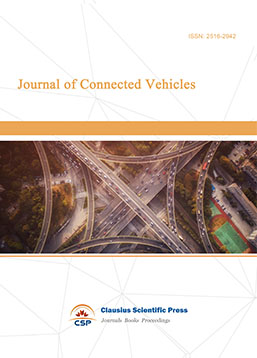Optimization of Metro Wayfinding Systems Based on Nudge Theory
DOI: 10.23977/ftte.2025.050108 | Downloads: 6 | Views: 306
Author(s)
Xie Dong 1
Affiliation(s)
1 Lingnan Normal University, Zhanjiang, Guangdong, China
Corresponding Author
Xie DongABSTRACT
The metro wayfinding system is a critical soft infrastructure that directly affects passenger flow efficiency and travel experience. In the face of increasingly complex transit networks that generate information overload and behavioral disorder, the traditional paradigm of completeness-oriented signage design requires urgent reform. This study introduces nudge theory from behavioral economics and constructs an optimization framework for metro wayfinding systems based on choice architecture. Using a mixed research design—systematic literature review, comparative multi-case analysis, and empirical surveys—the study explores the alignment between nudge principles and pain points in metro wayfinding. Through triangulated data from five representative systems (London, Tokyo, Hong Kong, Beijing, Xi’an), the findings confirm that nudge strategies such as visual guidance, social norms, and real-time feedback can significantly enhance wayfinding performance (e.g., average route-finding time reduced by 15–18%) and spatial order (e.g., passenger distribution concentration on platforms improved by 30%). Addressing challenges of cultural adaptability and technological cost, the study proposes future development paths centered on digital empowerment and inclusive design. The results provide both theoretical support and empirically tested solutions for building intelligent and human-centered public transit service systems.
KEYWORDS
Metro Wayfinding System; Nudge Theory; Behavioral Science; Passenger Behavior; Choice Architecture; Empirical StudyCITE THIS PAPER
Xie Dong, Optimization of Metro Wayfinding Systems Based on Nudge Theory. Frontiers in Traffic and Transportation Engineering (2025) Vol. 5: 63-67. DOI: http://dx.doi.org/10.23977/ftte.2025.050108.
REFERENCES
[1] China Urban Rail Transit Association. Urban Rail Transit 2023 Annual Statistics and Analysis Report [R]. Beijing: China Urban Rail Transit Association, 2024.
[2] Thaler R H, Sunstein C R. Nudge: Improving Decisions About Health, Wealth, and Happiness[M]. New Haven: Yale University Press, 2008.
[3] Transport for London. Using behavioural science to keep London moving[R/OL]. 2017. https://tfl.gov.uk.
[4] Niu Yanlong, Yan Jianwei. Creating Slow Travel Spaces in Metro Station Areas to Stimulate Urban Vitality - Analysis and Insights from Metro Stations in Tianjin and Hong Kong [J]. Architecture and Culture, 2015, (09): 112-113.
[5] Uysal, Songül Atasavun, and Tülin Düger. "Motor control and sensory-motor integration of human movement." Comparative kinesiology of the human body. Academic Press, 2020. 443-452.
| Downloads: | 765 |
|---|---|
| Visits: | 49615 |

 Download as PDF
Download as PDF


